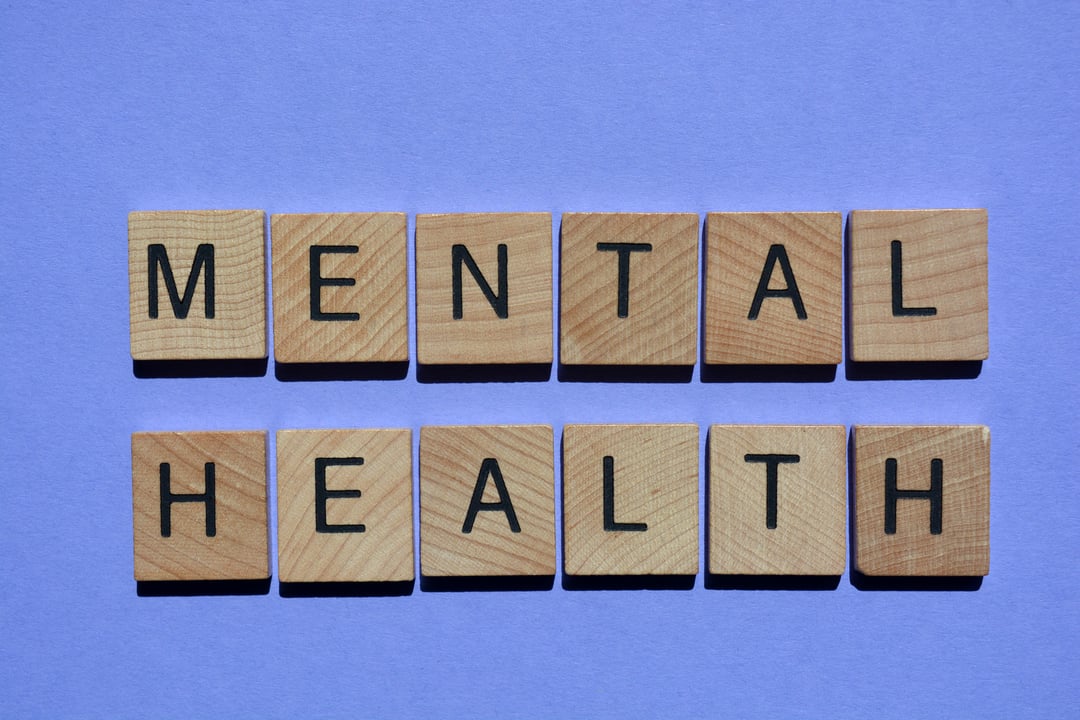Social media’s impact on students’ attention span, cognition and mental health has reached a critical level.
Last month, several of Ontario’s largest school boards took a bold step by filing a lawsuit against the tech giants behind TikTok, Snapchat, Facebook and Instagram, citing their role in exacerbating what has been termed a “crisis” among students. Similar allegations are occurring in 30 American states.
Lawsuits raise an interesting question about accountability. Who is responsible? Is it the tech companies, or do governments need to build better safeguards? Does it fall to school boards and schools to create stricter rules and teach better strategies, or are parents responsible for role modeling and setting those boundaries at home? Does it come down to students themselves, or is it beyond them or do global and societal norms need to be reset?
Irrespective of the result of the lawsuit, or who or what is culpable, we are at a crossroads. So what can we do about it?
What’s the Problem and Why is Attention in Class at Crisis Levels?
The digital landscape, these social media platforms and our devices, are not going away. Even a successful lawsuit will not change the fact that built into the very fabric of these platforms are algorithms designed to distract us.
Taking away phones in schools will not suddenly give students the capacity to make good decisions, especially given they have access to their devices once they are no longer within the walls of their schools or their family home. Controlling phone and screen time is still just a band-aid, a temporary relief from the temptations and bombardment of digital distractions.
While it’s too soon to understand the long-term effect of these distractions, educators are already observing the data in their own classrooms. Their students’ ability to sustain attention on tasks that require deep concentration has diminished, suggesting considerable implications for academic performance, mental well-being, and overall cognitive development.
To be clear, this is not a new problem. Student attention has been steadily declining. In 2008, Canada’s national magazine covered the disturbing impact technology was having on students’ attention. Barbara Arrowsmith-Young, Founder of the Arrowsmith Program and Director of the flagship school in Toronto, was featured:
Arrowsmith-Young has noticed a new development: increasingly, she’s seeing a great many young people having difficulties with executive function, which involves thinking, problem-solving and task completion. “It looks like an attention deficit disorder,” she says. “The person has a job or a task and they start doing it but they can’t stay oriented to it. They get distracted and they can’t get reoriented. When I started using the programs, I really didn’t see a lot of this. I would say now, 50 per cent of students walking through the door have difficulty in that area.” The second thing she’s noticing is more frequent trouble with non-verbal thinking skills. These kids struggle to read facial expressions and body language—which can make dating and friendships, and indeed, most social situations, tricky.”
How Can Students’ Attention be Improved?
The answer lies in the science of learning.
Underneath our students’ ability to regulate their attention and their capacity to inhibit distractions, is their brains. Their brain’s cognitive capacity is at the heart of it all – it underlies all learning, all behaviour, all performance, even their mental health. Neuroscience can explain why social media has become so addictive; it can also provide a better way forward.
Strengthening the brain through neuroplastic cognitive training can build a student’s capacity to navigate any challenge they face, including those presented on a screen.
Effective cognitive training targets the underlying processes of attention, memory, and decision-making. Studies show that students engaging in structured cognitive exercises strengthen the very brain processes responsible for focus, judgement, and inhibiting distractions.
“We can see a lot of changes as a result of [cognitive] training… most of the changes that one sees are either within the salience network or the connections between the salience and default networks, basically the ‘what’s important’ and the ‘thinking’ network. It’s absolute evidence that neuroplasticity is happening in the brain."
- Dr Greg Rose, Researcher, Southern Illinois University
With brain enhancement built into schools, the very place where students are expected to use their brains most - and teachers offering targeted cognitive exercises, designed from the principles of neuroplasticity, - we can enable students to change their core capacity to learn, to understand, to make better decisions, to stay on task. Through facilitated and data-driven cognitive programs, students experience measurable improvements in their attention and performance.
Ultimately, we may not see significant change from this lawsuit, or from these social media giants. Schools may not be able - or willing – to uphold zero tolerance for smartphone use. What schools and parents can do is empower students' cognitive capacity to focus, to regulate their attention for effective problem-solving and decision-making. Harnessing students’ brains through neuroplastic solutions gives young people the best path forward - to thrive in the increasingly complex and digital world.
Are you interested in learning more about how schools are using the Arrowsmith Program for their staff and students, and how it can help your facility strengthen student brains and improve attention? Contact our team of brain-change experts today.
Tags:
Learning Difficulties
June 20, 2024



